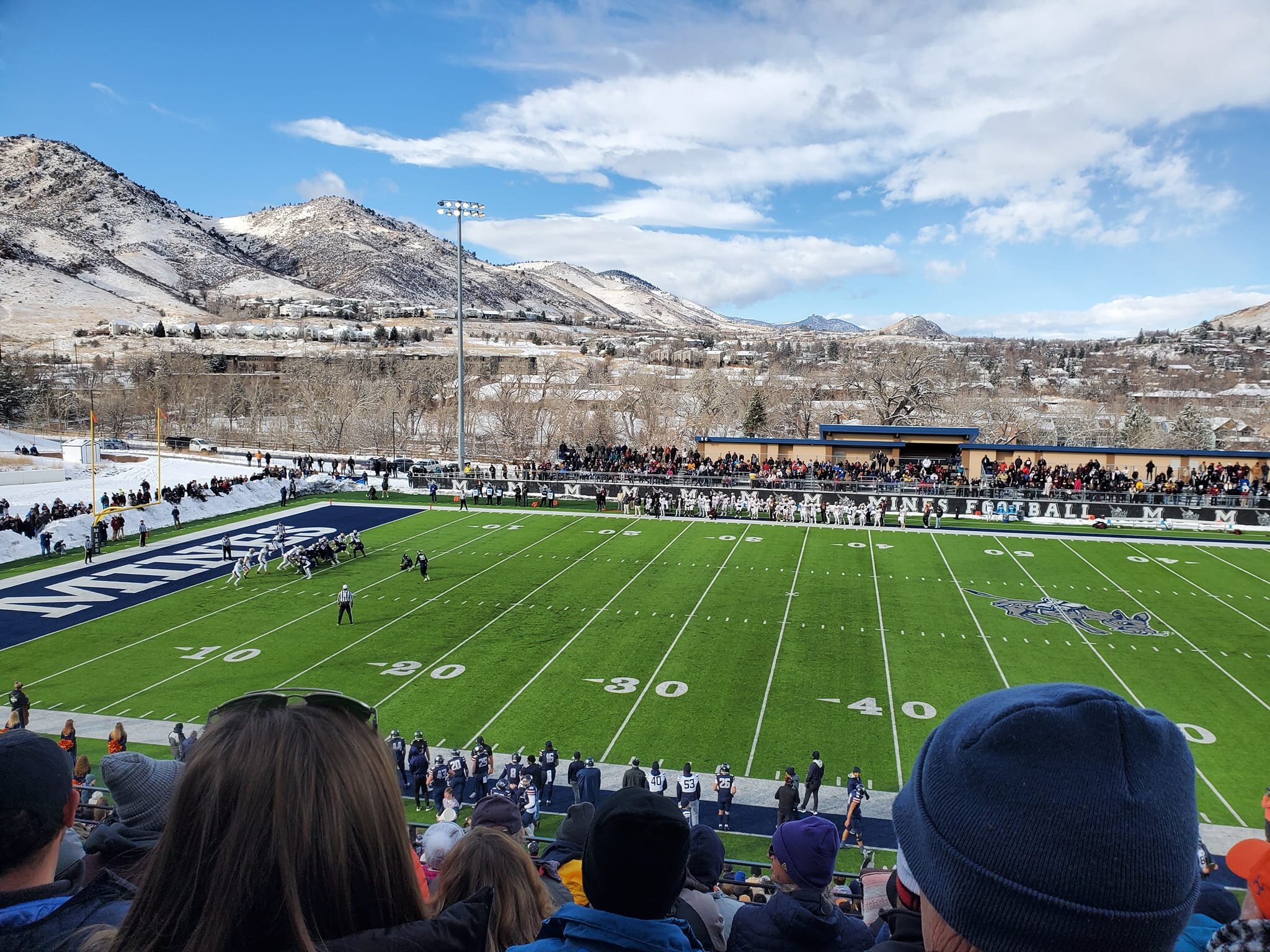-
Posts
34972 -
Joined
-
Last visited
-
Days Won
42
Content Type
Profiles
Forums
Store
Downloads
Recruiting - 2020
2019-2020 Football Season
Football
Entertainment
Sports
News and Business
Cloak Room
Transfer Portal
Recruiting
Events
Posts posted by Beau Vine
-
-
On 7/9/2019 at 9:47 AM, RomaVicta said:
RIP Ross. Seemed like a pretty decent guy.
Fucker did everything he could to ruin my senior year in HS. OTOH, my first real job offer was from EDS.
-
-
 1
1
-
-
1 hour ago, Asithappens said:
You sound like a good parent and a well-adjusted person.
Yeah, but his daughter sounds ugly.
QuoteHell, she looks like a carbon copy of me in the face.
-
14 hours ago, lemonandaturd said:
He has a good job, with a good team. Coach Barbay will get them to Newton levels of playoff success very soon.
...if they quit dicking him around.
-
 1
1
-
-
15 hours ago, satyanash said:
Mike, I saw you wrote that you would let us in on the Bijan scoop after he commits (probably to OSU.) Why the wait? Would the info influence Texas' chance with him or were you asked to keep silent?
I always wait until a recruit makes his decision in a situation like that. It's more to explain in detail everything I heard, and so much could change between now and the decision.
This is the most stupid bullshit answer ever. Actual answer: I need more time to conjure up a believable narrative.
-
14 hours ago, jinx said:
Texas running backs coach Stan Drayton remains in frequent contact with McClellan, and the pitch remains simple — Texas not only wants him, but needs him, and that’s fairly evident in what’s already a shorthanded running back room in Austin.
I read that clip from BON and chortled. I pictured Drayton with a calendar pop up reminding him to "Text all RB recruits - We want you. We need you. Love, Stan"
-
Gin goes well with anything.
-
No thread about Kirby Puckett's death?
-
Jim Bouton died today. If you read Ball Four now, you'll wonder what the big deal was, but that was literally the first book (even first stories) that anyone ever read about how players really behaved. Before Ball Four, the media didn't report the truth; they created whitewashed fantasies to print.
"You see, you spend a good piece of your life gripping a baseball, and in the end it turns out that it was the other way around all the time."
-
2 hours ago, Errestaurants said:Quote
Freddie Gene Mack
I believe this sums it up nicely.
-
 1
1
-
 1
1
-
-
My wife suggested that rule years ago.
She said, "We should you only be able to run when the catcher can't catch it on a third strike? Why shouldn't you be able to run anytime the pitcher throws it to the backstop?"
I was like, "Uhhhh... I don't have a good answer for that."
-
23 minutes ago, MissingInAction said:
Sounds like my folks, BV. They both treat me and my sisters like we are children still. To point of coming into a bathroom at a public place if they think I am taking too long.
It is impossible to have an adult conversation of any kind. They still have that authoritative fucking tone at all times, and will flat out lie to our faces and expect us to beleive it.
Fucking insufferable.
My mom was like that, too. Difference is that I nipped that in the bud. We'd go out to eat when I was in college and she'd try to read the menu to me. "Christ mom, I'm not a baby, I can read the fucking menu! Try remembering that I'm an adult!" Wife and her brother would sit quietly while their mom does that, and then probably thank her for her help.
-
Mom is a big-mouthed overly zealous Christian who doesn't respect others' opinions and has never wanted to listen or learn anything new.
Dad is also overly zealous but doesn't have those other problems.
MIL is the queen of control through passive agression. She still treats my wife and her brother like they're 12, and they not only don't recognize that, they don't mind her doing that. It's the fucking Ozzie and Harriet family, and no one is allowed to upset anyone else or get upset (except her), which means I don't fit in at all.
FIL is pretty great, with the exception of allowing her to be like that.
Sister is a racist, married aggy, stupid as hell (made a 750 on the SAT), lazy (hasn't actually had a job in forever, husband was successful PE), I haven't spoken directly to her in 20 years, since we visited right after my wedding and she and her husband and young child were dropping n-bombs every 10th word, and she was at my wedding and saw that my best man was black.
I get along with my brother better than anyone, even though he's further left than Bad Teammate. I was telling him how much I'd like to see a Warren/Pete ticket, and he hated that, because he's completely Bernie or bust.
Huck's right about a favorite child. We literally only had one child because she has always been so impossibly perfect. I couldn't imagine having another kid that didn't measure up to her.
I have awesome dogs.
-
22 minutes ago, SydneyCarton said:
The UT System is doing outstanding work elevating Dallas and UTSA into higher level status as schools. It's not on par with the Cali public system of schools, but we are making significant progress bringing more of our UT system schools into higher levels.
A UT-Houston campus also would have been great progress, but that was torpedoed by numbnuts out of the UT system.
-
- Popular Post
- Popular Post
I don't care for Gob.
-
 7
7
-
 4
4
-
On 7/9/2019 at 5:50 AM, Al_4_ISU said:
In case anyone's looking for reasons to lower their opinion of KU fans:
https://247sports.com/college/kansas/Board/103723/Contents/Pookah-status-133345410/
Or, you could just read jhawk's posts on the Surly basketball board.
-
 1
1
-
-
On 7/9/2019 at 9:53 AM, SquishMitten said:
Depends on how you phrase it. Not charging whites more, just giving discounts to minorities. We give discounts to the elderly, veterans, etc. Same kinda thing, just “minorities” is a less accurately defined class for the purposes of their argument.
I'm guessing you're not a lawyer.
-
3 hours ago, Rougarou said:
This and like TwiceHorn said about the 3 year average makes a ton of sense. I was just thinking I could see a lot of people with a lot of money in the bank who are self-employed professionals, like lawyers or something outside of industry that is pretty flexible, potentially taking a year to do missionary work or pro-bono work in order to help little privilege Johnny get free school for a year or two.
It sounds like the juice to defraud this thing wouldnt be worth the squeeze which means it's a great policy.
lawyers doing missionary work? You've gone fully daft.
-
 1
1
-
-
-
4 hours ago, satyanash said:
—Texas entered the 2020 cycle feeling like they were in a good spot with Zachary Evans. He was undoubtedly the top player on the board, and they were zeroed in on him as an in-state prospect. Things seemed to change with Evans this spring, and the saga has played out over the last few months. I can tell you that Texas isn’t going to stop recruiting Evans, and I think he’s going to listen. I wouldn’t really count anyone out for him until he’s ready to make his decision. I previously thought he was set on moving on with his top five, but I was wrong. I think the way the season plays out will have an impact on where he ends up.
The ability to use so many words to provide zero actual information is truly astounding.
-
 2
2
-
-
13 hours ago, NorLa Horns said:
so people dont come up to you and use written form abbreviations to you in person? no etc.? appt.? dept.?
thats fucking amazing. boggles the mind
totes.
-
2 hours ago, Pato del Muerto said:
I like that the trophy is a bat
Handing the Ted Williams award to a pitcher would have made Ted roll over in his grave if he weren't just a head floating in liquid nitrogen somewhere in Scottsdale.
-
Quote
Comments are disabled for this video.
That's a real shame. Youtube commenters would have definitely provided some important social analysis of the situation.
-
After watching the video twice, I still cannot determine the cause of kerfuffle, but I suspect that it occurred because someone got disrespected.
-
 1
1
-



Woman licks inside of Blue Bell ice cream tub, returns it to store freezer
in Daily Texan
Posted · Edited by Beau Vine
Perhaps we could get the inventor of the innovative disposable festival tamper-proof drinking cup on that project, if she's hasn't made too much money already?